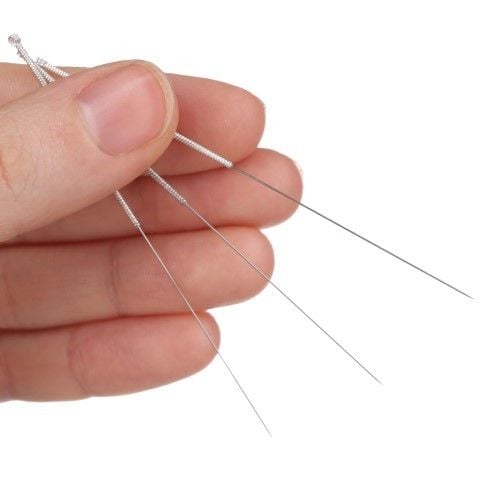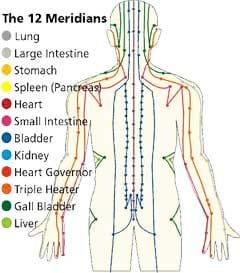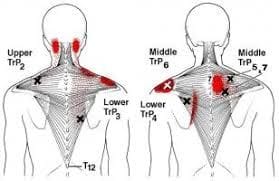)
)
)
)
)
)
)
)
)
)
)
)
)



| Tags:Dry Needling |
| Posted in:Working Hours |
)
| Posted in:LaserMassageLymphoedemabreast cancer |
Our physiotherapists are trained to recognise, assess and treat patients that are suffering from vertigo from a vestibular origin such as Benign Paroxysmal Positional Vertigo (BPPV), vestibular neuronitis/labyrinthitis and following acoustic neuroma resection.
read more